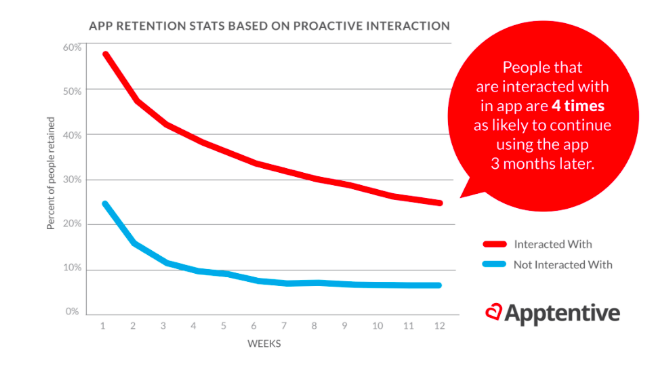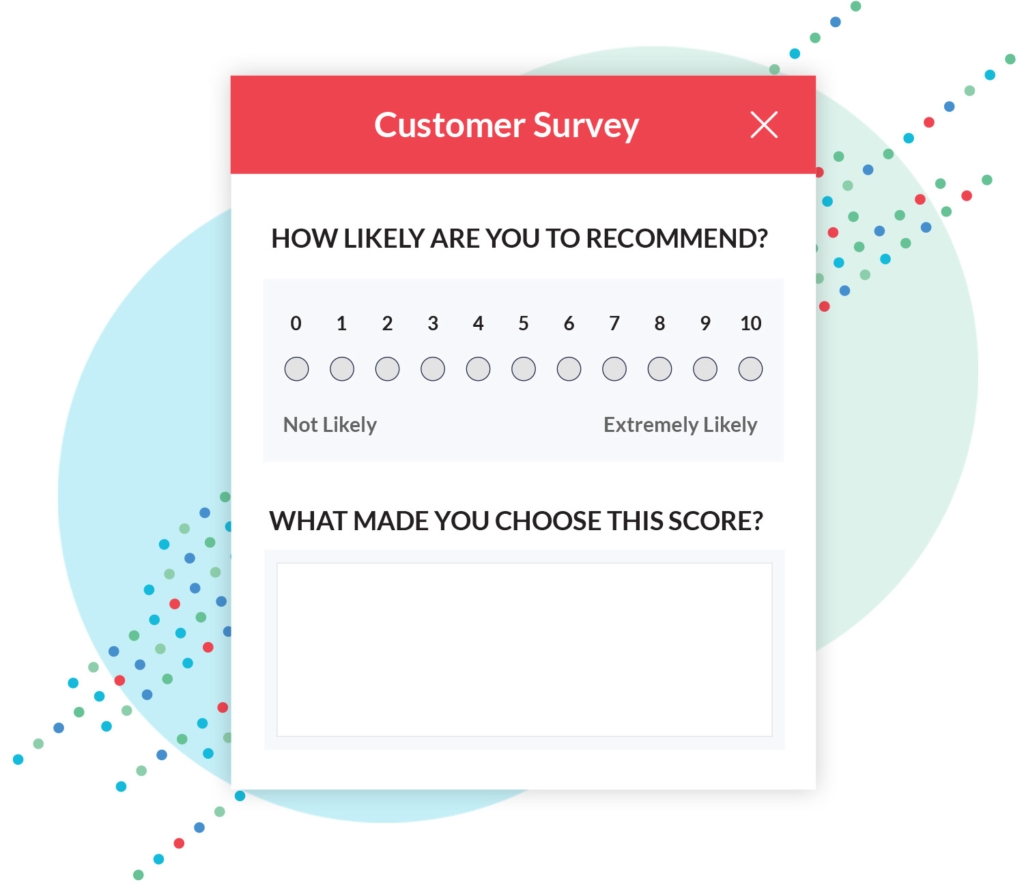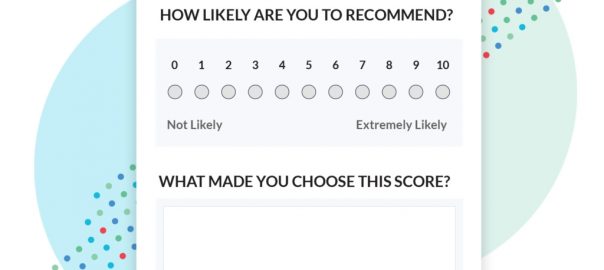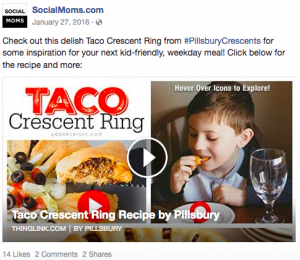A huge number of consumer transactions now happen digitally due to COVID-19. As a result, 2020 is the most we’ve seen brands leverage mobile customer feedback to improve their products and adjust their overall business goals. Companies and product managers across all industries have leveled up their in-app engagement processes and are increasing their efforts to personalize, segment, and understand their customer base even down to the individual level.
The coronavirus pandemic has pushed mobile to the core of the buyers’ journey, and in order to compete, product roadmaps must adjust to prioritize in-app engagement enhancements. To help you formulate your strategy, here are five ways product managers can re-focus on their mobile customers, backed by data from our 2020 Mobile Engagement Benchmark Report.
1. To unlock mobile sentiment data, you must measure shifts in customer emotion over time.
Many marketers and product managers often use “emotion” and “sentiment” interchangeably, even though they are very different. Others believe they measure emotion and sentiment when in reality, the metrics they rely on don’t tell a complete customer story. But put simply: Sentiment is the “what.” Emotion is the “why.” Measuring and acting on both is critical to customer experience success. And in order to measure sentiment correctly, you must also capture and understand the emotions that drive it.

2. Even the most sophisticated brands only hear from less than one percent of their customers. It doesn’t have to be this way.
Giving a voice to every customer is an aspirational goal for all companies and is transformative at every level across product, marketing, and retail operations. Many brands today may think they build products around their customers based on feedback from a majority, but they couldn’t be further from the truth.
In reality, our data shows that brands only hear from less than one percent of their customer base, which we call the “vocal minority.” The most dangerous decision a brand can make is acting on feedback that doesn’t accurately represent the majority of its customers. In order to truly provide an impactful customer experience that has your customers’ best interest at heart, you need to hear from more of your customers,
3. Proactively engaging mobile customers is still the best way to encourage consistent loyalty and prevent churn.
Customer experience can no longer be done reactively. Reactive CX is stuck—and consumers are beginning to notice. In fact, we’ve found that simply interacting with customers, proactively and respectfully, can increase three-month retention by as much as 400 percent.

Across all verticals, people gravitate to highly-personalized experiences, and not just the ones solely based on what they’ve clicked, viewed, visited, or purchased. As consumers, we now expect the brands we love to deliver the right message, to the right person, via the right medium, at the right place, and at the right time across all of their digital and onsite experiences.
4. The “right mobile moment” looks different for every brand.
Encouraging feedback is about starting a conversation with a customer, but the most important component is asking for feedback at the right moment in order to give conversations the best opportunity to begin. Mobile devices are more personal than desktop devices as they are kept with people all the time, so the “right moment” in a mobile experience will look different than it would on a desktop, tablet, or other connected device.
It’s crucial for product managers to understand their mobile customers’ journey and to pick out the best communication points within their app’s experiences (e.g. after a customer has completed a purchase, if they view a certain page, when they complete a level, etc.) to find the right time to ask for feedback.
5. NPS alone is a vanity metric. Go further.
It’s better to look at customer emotion holistically than in a vacuum, even if it produces a lower NPS. Rather than gaming the system and inflating your NPS by targeting fans over risks, it’s better to target the whole and learn from feedback—which is also what makes NPS a vanity metric. You cannot act on emotion you haven’t collected, and NPS doesn’t tell us a thing about the “why” behind customer emotion.

You have a unique opportunity to gather much more valuable and actionable customer feedback if you evolve NPS to NPS+. By simply asking customers, “Why did you choose this score?” after the traditional rating question and allowing customers to provide unstructured feedback, companies can contextualize the NPS score and to understand where their customers think they’re doing well and where they need to improve.
Take action now
The world has changed, and so have your customers’ needs. Apptentive’s proactive communication tools have been helping our customers drive mobile engagement and retention for years. Right now, we can help you:
- Reduce call center volume
- Evaluate customer readiness and comfort for onsite experiences
- Measure customer emotion and listen to what they need
- Use mobile to announce changes, discounts, and more
- Transfer your onsite loyalty programs to digital experiences
Business & Finance Articles on Business 2 Community
(24)








